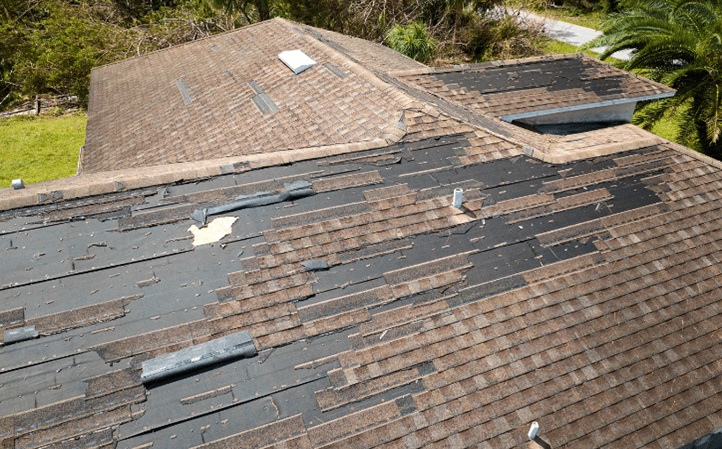Experiencing a severe storm can be a stressful event, especially when it comes to assessing potential damage to your home. The roof, being the most exposed part of your house, is particularly vulnerable to storm-related issues. To help you effectively evaluate the condition of your roof after a storm, here is a comprehensive checklist:
Safety First
Before conducting any inspection, prioritize your safety. Ensure the storm has completely passed, and it is safe to venture outside. Watch out for any downed power lines or loose debris that could pose a hazard.
Exterior Inspection
Start by visually inspecting your roof from the ground. Look for any obvious signs of damage, such as missing or shifted shingles, dented gutters, or fallen tree limbs. Note any potential areas of concern for a closer inspection.
Interior Inspection
Check the ceilings and walls inside your home for any signs of water leaks or water stains. Inspect attic spaces for visible signs of water intrusion, such as dampness, mold, or mildew. These could indicate roof damage that needs immediate attention.
Shingle Damage
Carefully climb a ladder to get a closer look at your roof. Examine each shingle for signs of cracks, tears, curling, or missing pieces. Pay attention to any areas where shingle granules have accumulated, as excessive granule loss can indicate roof aging or damage.
Flashing and Sealant
Inspect the flashing around chimneys, vents, skylights, and any other roof penetrations. Ensure that the flashing is securely in place and shows no signs of damage. Check for deteriorated sealant or caulking that may need to be repaired or replaced.
Gutters and Downspouts
Examine the gutters and downspouts for any debris buildup, blockages, or damage caused by falling branches or strong winds. Proper drainage is essential to prevent water from backing up and causing further roof damage.
Document and Report
Take clear photographs of any visible damage you find during your inspection. These images will serve as evidence for insurance claims and help roofing professionals better understand the extent of the damage.
Consult a Professional
If you notice significant damage or are unsure about the condition of your roof, it is recommended to seek the expertise of a professional roofing contractor. They can provide a thorough assessment and guide you through the repair or replacement process.
Remember, addressing roof damage promptly is crucial to prevent further issues like water leaks, structural damage, and increased repair costs. By following this roof storm damage checklist, you can ensure a comprehensive evaluation and take appropriate steps to restore the integrity of your roof.
This post was written by a roofing specialist at All Star Roofing. We offer the best Tampa roof repair in the Bay. We are a family-owned and operated roofing business, striving to be the best in our industry. Our family has been in the Tampa Bay area for over 60 years, and our objective has always been to provide roofing services at a fast, reliable, and competitive rate. All Star has a tradition of quality workmanship, servicing residential and commercial properties.


Comments are closed.